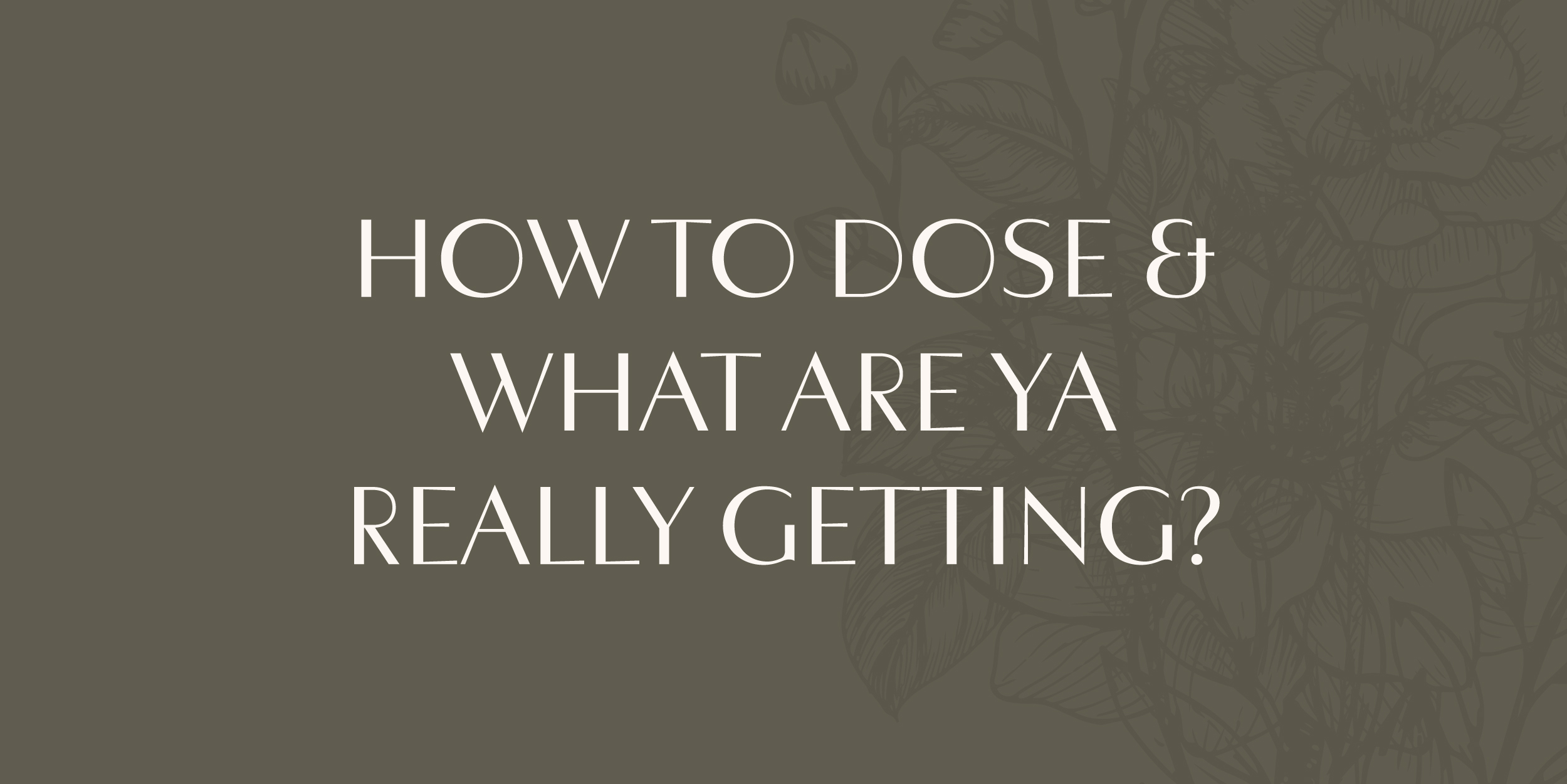Hey Beaute’ - thanks for joining me!
When we take small moments and care for ourselves, we get relief from not beating ourselves up for some past transgression or feeling anxious about meeting future expectations.
We get free to experience contentment and to make authentic connections with others and with our world.
Self love looks different for every woman and far from a one-size-fits-all silver bullet.
One thing I DO KNOW, plant medicinals can make all the difference.
HENCE, I’m sure you’ve been aware of the onslaught of CBD companies on the market.
This wonderful herbal allie can get to the root of a myriad of issues and is becoming a widely available and particularly soothing phyto-friend.
CBD has exploded (and sometimes exploited) in popularity recently and for good reason: not only has it aided so many in managing their disharmonies, diseases, and symptoms, it has provided a held space, a calm center, from which to heal ourselves, from which to love ourselves.
How?
Plant medicine works directly with our endogenous endocannabinoid system (ECS) to down-regulate inflammation, moderate immune response, and maintain overall homeostasis in the body.
Homeostasis is the state of balance and equilibrium our bodies are always striving for, always fine tuning to achieve.
Excessive stress, poor nutrition, and exposure to environmental toxins makes this process more difficult. (PMS, hot flashes, anxiety attack, weight gain, etc).
Much of our trauma, overwhelm, and feelings of frustration or inadequacy manifests somatically, in the body, and CBD helps to unwind some of that tension so we can more effectively find our unique homeostasis.
As stated, there’s no silver bullet, and it’s hard to know how to start, who to trust and how to even read a ingredient label If you find yourself lost on your unique path, then I have something in store for you!
Learning about the various cannabinoids interactions within our body has taken me painstacken HOURS and over 2 years to fully comprehend. From how to find the best (truly organic) sources, how it works within our biochemistry, and helping consumer take their blind-folds off to see who’s in it just for the money.
It’s proven itself by helping both myself and hundreds of women I’ve coached using our pharmaceutical grade CBD - to discover and uncover ways in which to love ourselves and get back in a circadian sync - less anxiety, more sleep, reduced pain and more.
SO THIS IS THE ONLY NEXT STEP.
I’m beyond excited! (huge grin over here) To make this happen, I’m going BIG and I’m co-creating a space with the women of Ellementa, the fastest growing Women’s Cannabis Network in the nation as their MN Team Lead (your guide if I may).
This year's mission and events, with the theme of "Advancing Women’s Health and Cannabinoid Knowledge", will launch on March 31st as our first cutting-edge event - exclusive to WOMEN ONLY!
It's an honor to take Ellementa's mission and bring it to MN!
I’ll share more in my next post - so stay tuned! Can’t wait?
I’ll scoot you over to a good ol’ PRESS RELEASE right HERE!
&
JOIN our EXCLUSIVE FB GROUP to be notified of what’s to come!
I’ll see you soon - Love n’ Light - Kassandra


































